Ancient news stories
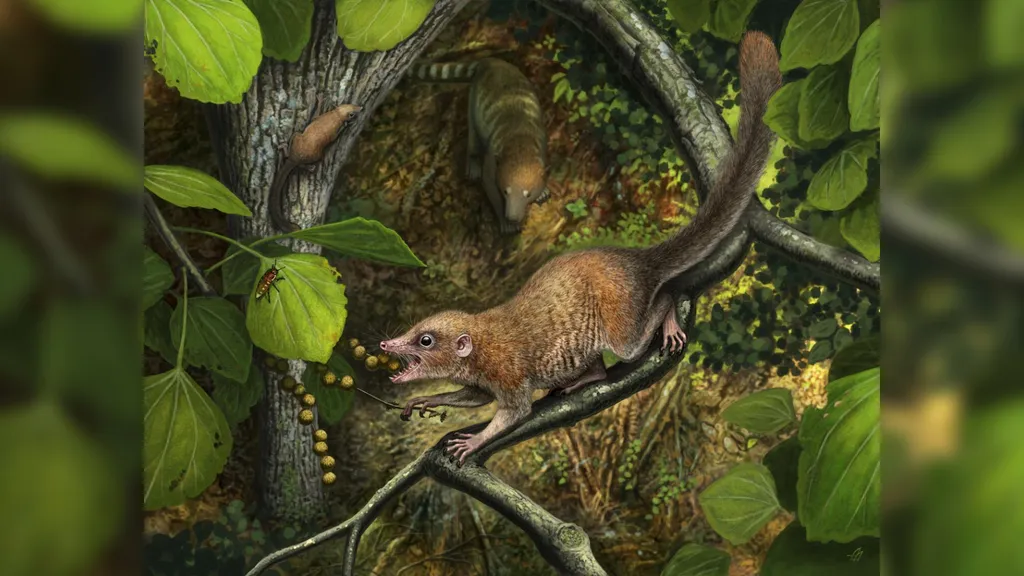
Scientists have identified the earliest primate fossils: tiny ancient teeth from a rat-size creature that suggest our ancient ancestors once lived alongside the dinosaurs.

It is still unclear how the Neanderthals died out. For long, one theory seemed most likely: the emergence of the highly intelligent Homo sapiens, or modern humans. This competition hypothesis is no longer the dominant theory among scientists, research among archaeologists and anthropologists has shown.
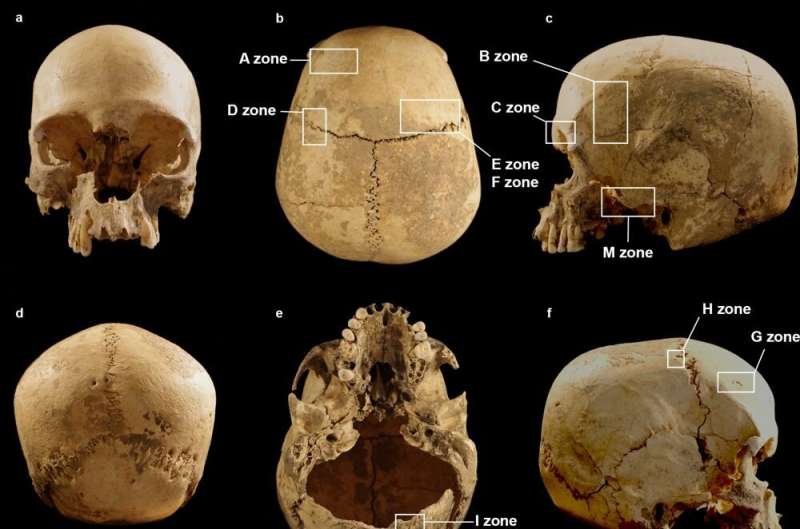
A lone cranium in an Italian cave wound up there after being washed away from its original burial site, according to a study published March 3, 2021…
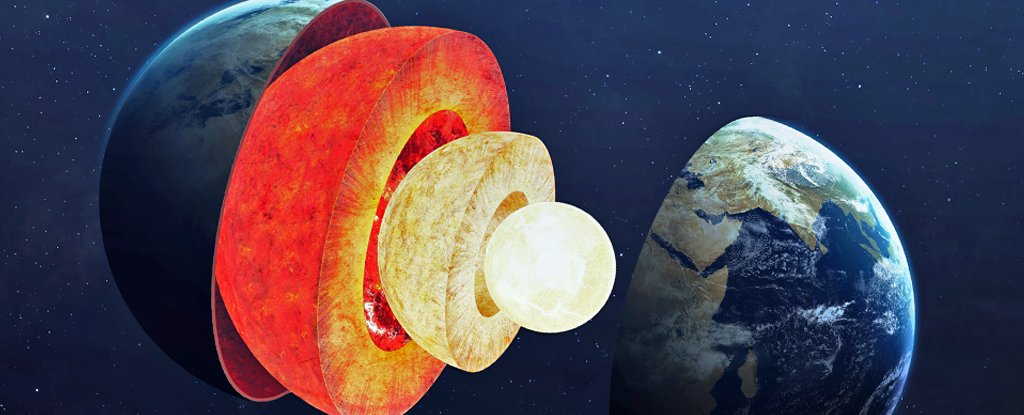
While most of us take the ground beneath our feet for granted, written within its complex layers, like pages of a book, is Earth’s history. Our history.

Anglo-Australian mining giant triggered an outcry last year when it blew up the 46,000-year-old rock shelters at Juukan Gorge.
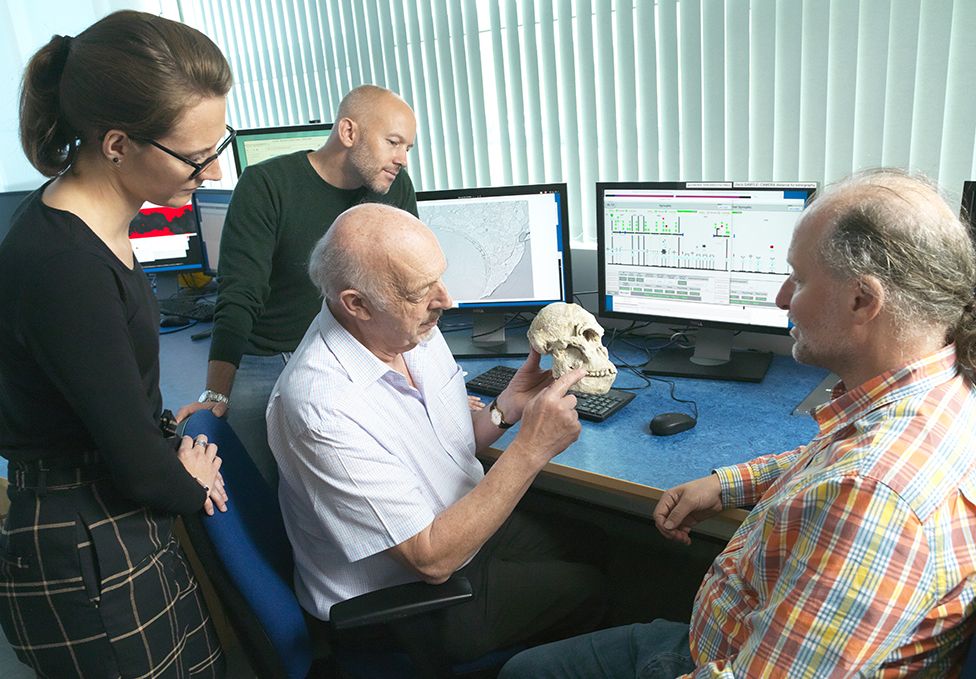
A priceless fossil was briefly brought to a UK research centre in complete secrecy two years ago, in an operation that had more than a touch of the spy novel about it.

Humans were present in Florida by 14,000 years ago, and until recently, it was believed the Bahamas—located only a few miles away—were not colonized until about 1,000 years ago
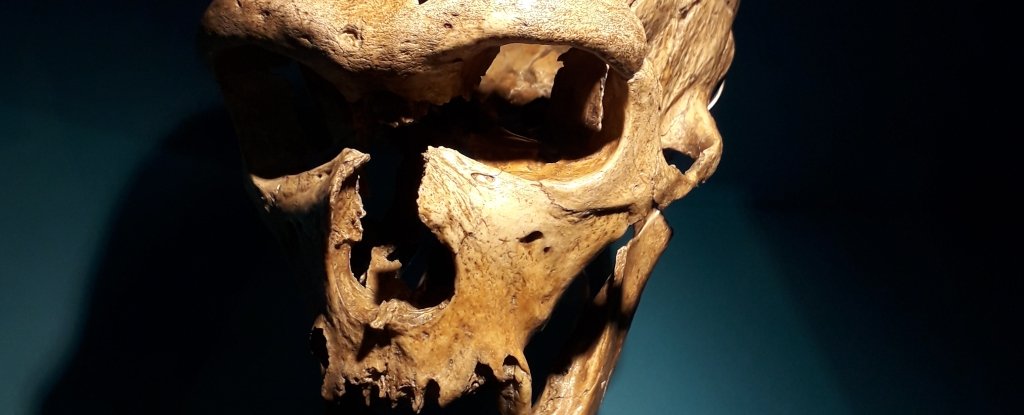
Our Neanderthal cousins had the capacity to both hear and produce the speech sounds of modern humans, a new study has found.

Research from the University of Kent’s School of Anthropology and Conservation has discovered that one of the earliest stone tool cultures, known as the Acheulean, likely persisted for tens of thousands of years longer than previously thought.
Image from: José-Manuel Benito Álvarez (Wiki Commons)

How we humans became what we are today is a question that scientists have been trying to answer for a long time. How did we evolve such advanced cognitive abilities, giving rise to complex language, poetry and rocket science?

Well-preserved iron, bronze and tin carriage discovery is ‘without precedent in Italy’.

Based on a manual recently discovered in a 3,500-year-old medical papyrus, University of Copenhagen Egyptologist Sofie Schiødt has been able to help reconstruct the embalming process used to prepare ancient Egyptians for the afterlife. It is the oldest surviving manual on mummification yet discovered.

Teenage T rexes and other carnivorous dinosaurs the size of lions or bears may have crowded out smaller species, explaining why there are so few of them preserved in the fossil record, research suggests.
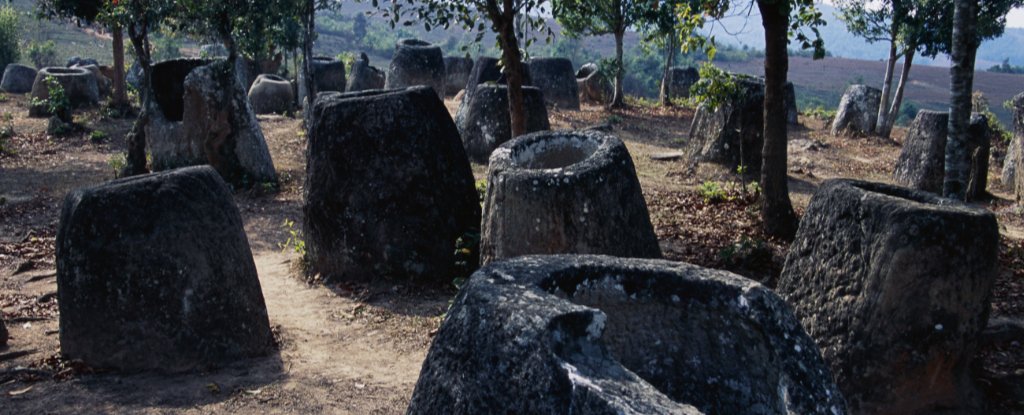
These surreal cauldron-like megaliths in Laos are known as the Plain of Jars, an archaeological relics whose original purpose is still shrouded in mystery, their significance long forgotten.
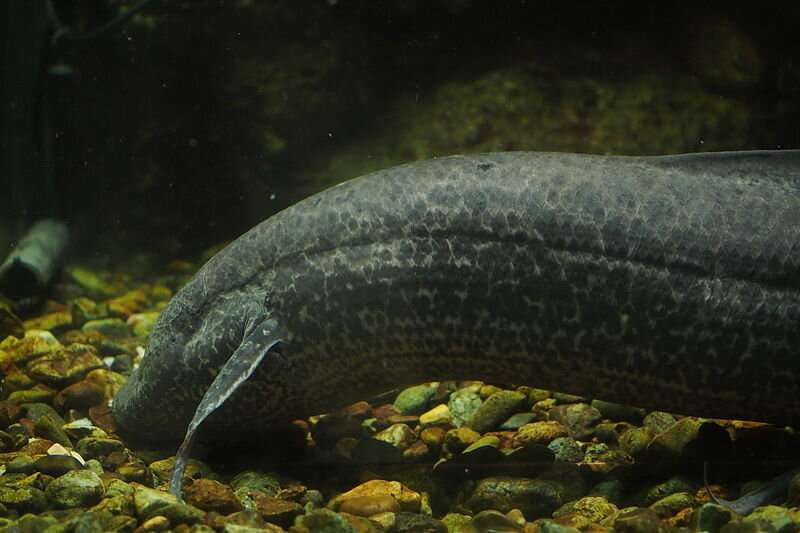
The water-to-land transition is a leap in the history of vertebrate evolution and one of the most important scientific issues in vertebrate evolution. Previous studies have shown that vertebrate landing occurred in bony fishes.
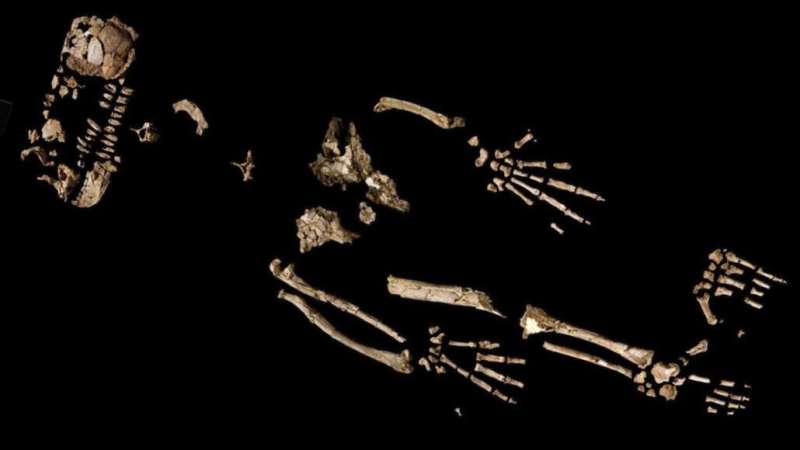
Thomas Cody Prang, assistant professor of anthropology, and colleagues examined the skeletal remains of Ardipithecus ramidus (“Ardi”), dated to 4.4 million years old and found in Ethiopia. One of Ardi’s hands was exceptionally well-preserved.








